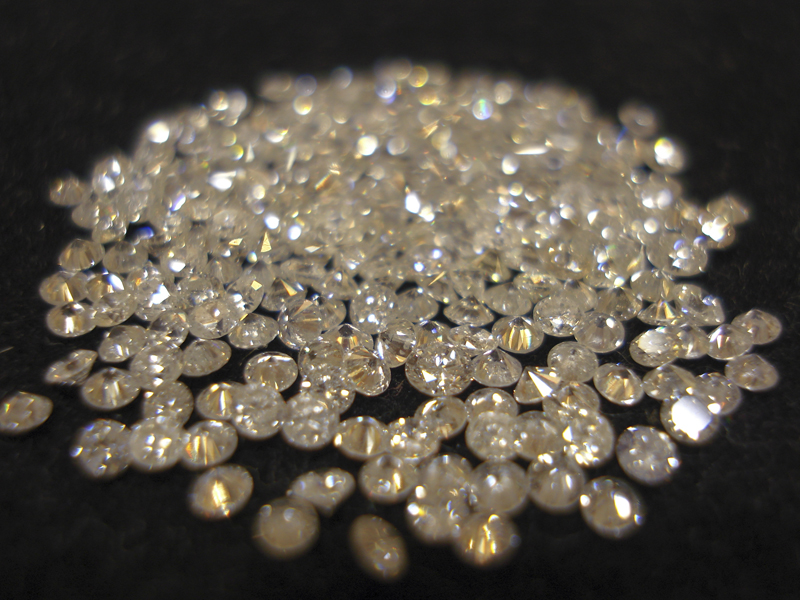
Nearly half a decade ago, geologists believed that they had discovered petite gems inside zircon crystals from Western Australia’s Jack Hills, which were considered to be the world’s oldest diamonds. The minerals were considered to be 4.3 billion years old, suggesting that the primordial earth cooled at a much earlier rate, in order to create a thick, continental crust under which diamonds could be formed.
It was only in late December that UCR geologists Dr. Larissa Dobrzhinetskaya and Dr. Harry Green discovered that the gems were actually leftover fragments of a synthetic diamond paste, which became embedded within hair-width cracks of the crystals during a laboratory polishing.
Through the use of a high-resolution electron microscope, the university researchers found that the diamonds had sharp “square” corners, instead of bumpy ones like real diamonds. “Our technique shows us that this diamond is not natural; this diamond is a laboratory contamination,” Dobrzhinetskaya said. “(Because) natural diamonds never, never occur in such a form.”
“In indigenous diamonds that we have discovered in zircons, the diamond and zircon commonly have extremely convoluted boundaries reflecting that they grew simultaneously, with the larger zircon crystals surrounding the diamonds and entrapping them,” expressed Green.
He also said the original authors of two Jack Hills zircon papers, published in 2007 and 2008, were “irresponsible” for using only diamond paste to prepare the minerals without applying alternative laboratory procedures on other zircon rocks.
“Moreover, because they found these diamonds in different age sectors of different zircons, the diamond incorporation had to either have happened during specimen preparation (contamination) or there had to have been several repeated incorporations spanning a period of hundreds of millions of years,” said Green. The latter would require the occurrence of major geological events, which Green says there is no evidence of, especially in all other Jack Hill zircons studied by other scientists.
“Back then, we were convinced that the diamonds are real due to apparently clear evidence,” said Thorsten Geisler-Wierwille, co-author of the 2007 study. “We agree with the final conclusion of Dobrzhinetskaya and co-workers.”
David Oglesby, a university geophysicist, also gave his two cents about the recent discovery made by his fellow colleagues, whom he has known for over a decade.
“Both Harry Green and Larissa Dobrzhinetskaya are top-notch, world-class scientists and teachers, and we are extremely lucky to have them in our UCR family,” he said. “(Their research) is a fascinating discovery, and a true cautionary tale in science. It shows just how carefully all of us must be in our experimental design. It also is a reminder that science is a self-correcting system of knowledge.”
The UCR scientists were joined by Richard Wirth at the Helmholtz Centre Potsdam in Germany for their research, which was published online in the journal of Earth and Planetary Science Letters on Feb. 1, 2014. The world’s oldest diamonds are now believed to be 3.2 billion years old, instead.








